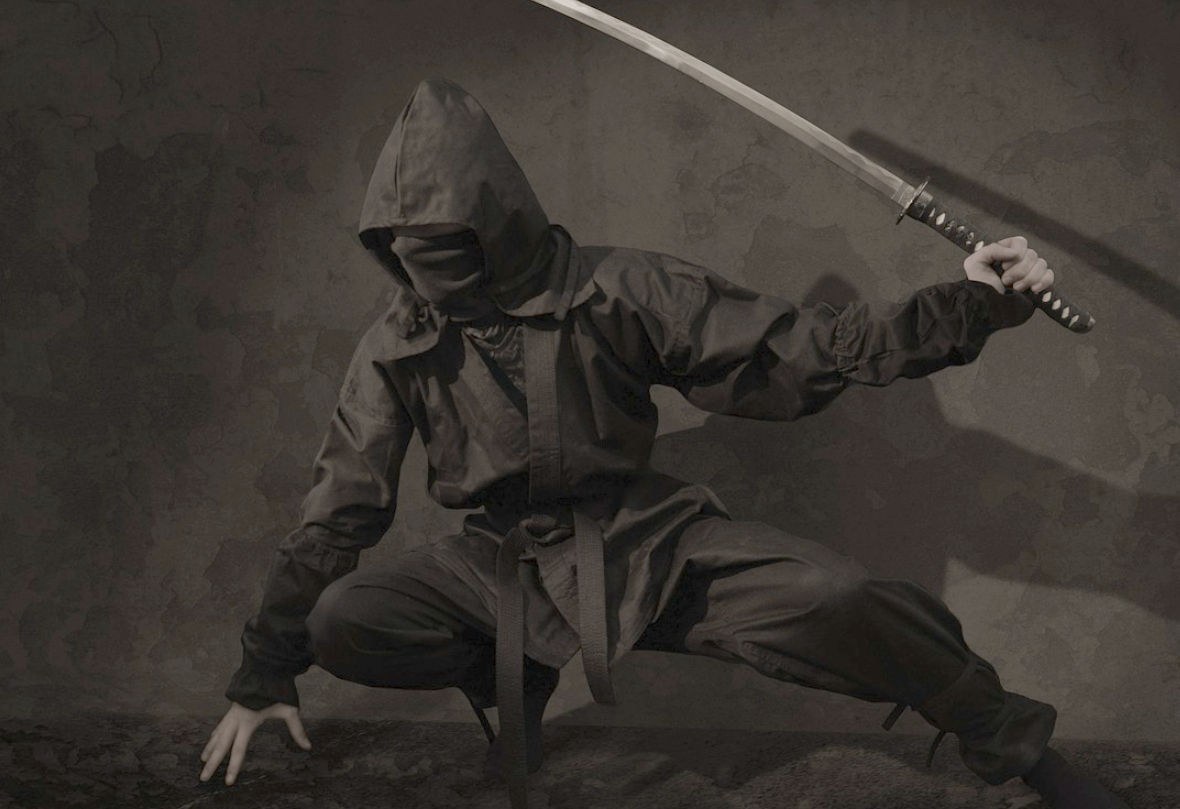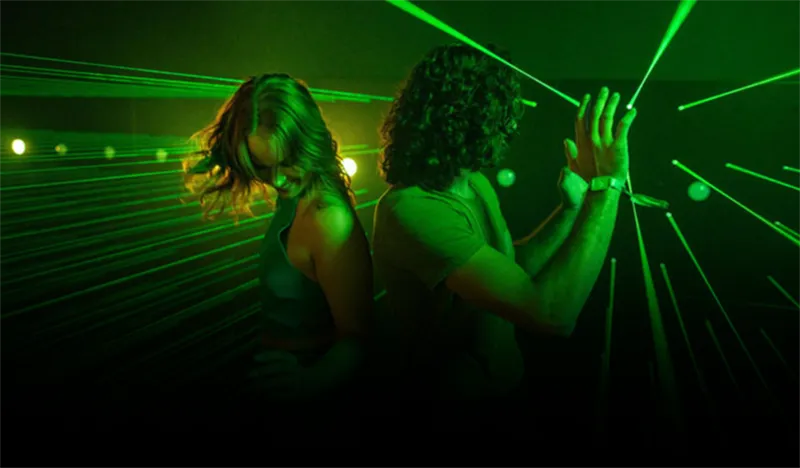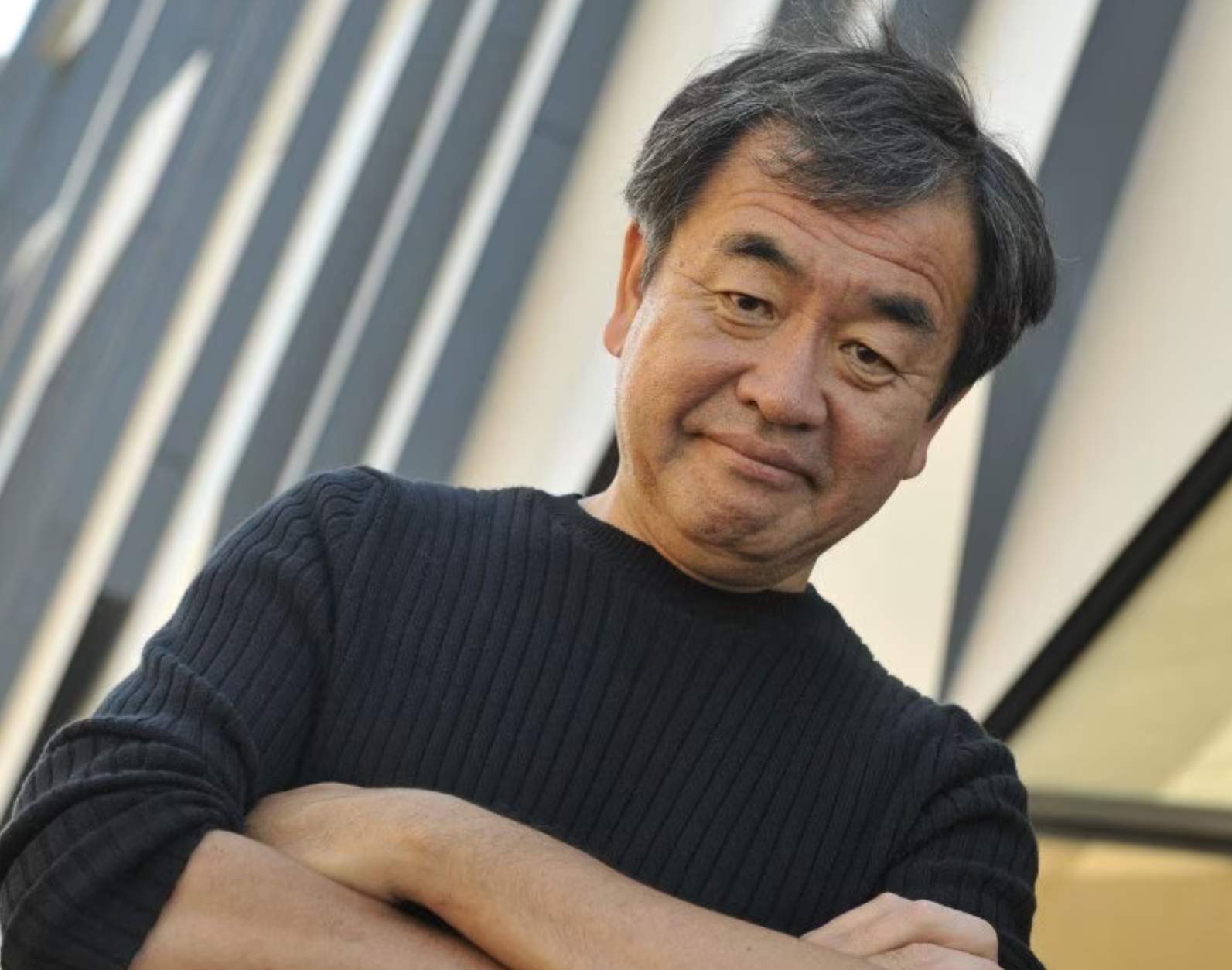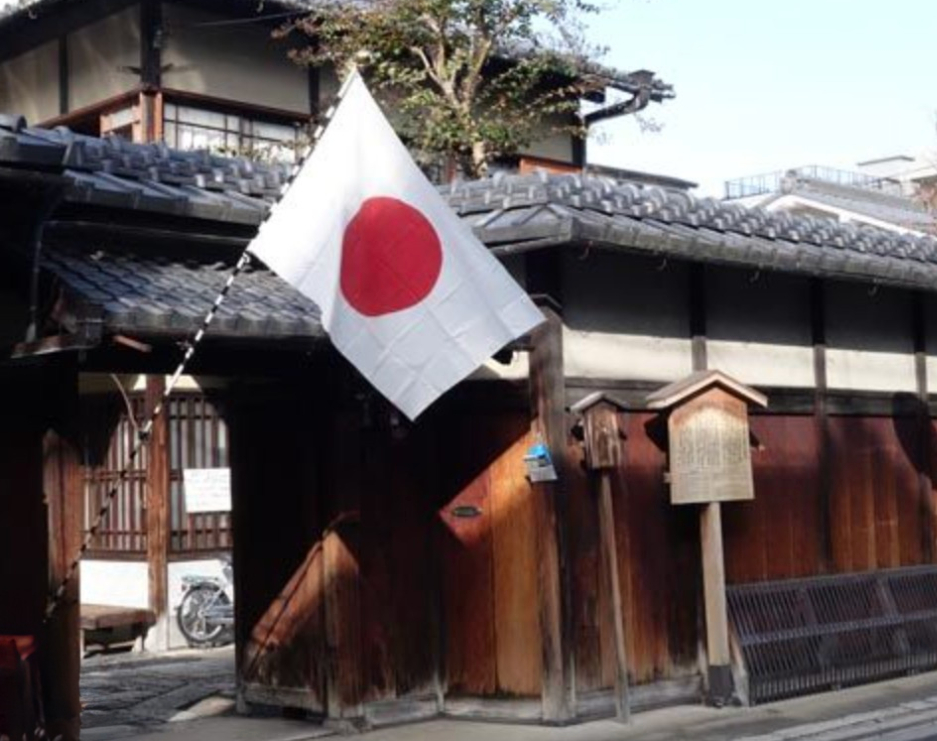5
minute read
Listen to A History of the World in Spy Objects: Kengo Kuma: Nijo Jinya Hotel
In the enigmatic realm of Japan's Nijo Jinya hotel, the walls echo a forgotten world of conflict, drama, and suspense. The historic Kyoto inn is thought to have once entertained Japanese feudal lords who conspired against the Shogun military dictator while Ninja spies listened in, hidden from view in secret corridors and crevices.
Kengo Kuma, one of the world’s most celebrated architects, finds inspiration in such furtive places, reveling in the clandestine world of secrets and Ninja spies. “This, as a hotel, is a kind of paradise for Ninja,” Kuma tells The History of the World in Spy Objects podcast. “The detail was so sophisticated and the materials were so elegant it was considered the best small hotel in Kyoto.”
The best - and the sneakiest.

The Nijo Jinya spy hotel
The Nijo Jinya guest house is shrouded in mystery. Some believe the small, gated inn was built in the 19th century. Others link it to Japan’s Edo era, the period around the early 1600s to 1868 known for its power struggle between two distinct groups - the Emperor in Kyoto and the Shogun military ruler in Edo (now Tokyo).

Japan had a complicated political system at that time. While the Shogun may have held power in Edo, it was an uneasy arrangement so the military ruler relied on Ninja spies to gather intelligence about the Emperor, his family, and the Daimyo feudal lords who held regional control.
This is where the hotel Nijo Jinya came into play. The elegant hotel near Kyoto castle was an ideal setting for the Emperor’s cohorts and Japan’s feudal lords to meet and conspire against the ruling Shogun. In the intricate dance of power, Ninja spies loyal to the Shogun infiltrated the hotel.
While the inn is a seemingly ordinary building to the untrained eye, its wooden frame is flexible enough to house clandestine corridors, secret staircases, and hidden doors - a plethora of quirks designed to protect the privacy of its prestigious clientele that were exploited by savvy Ninja spies.

Secrets of Nijo Jinya's Defensive Architecture
Nijo Jinya's guests were the most powerful people in feudal Japan, so security was a tight. There are hiding places between cupboards, as well as low ceilings in hallways to discourage swordplay.
Some hotel closets have back doors. There are also soundproofed hiding places for bodyguards, escape openings, secure places for valuables, and areas built with acoustic ingenuity to allow guests to hear the conversation below them.
.jpg)
The inn's defensive architecture includes Mushagakure, a secret watch room built in the ceiling of the big hall that isn't visible from the guest seating area.
Alongside the guard hideouts, the guest house has a hidden, pull-down stairwell that converts into a shelf and timber struts that double as an escape ladder.




%20(1).jpg)

